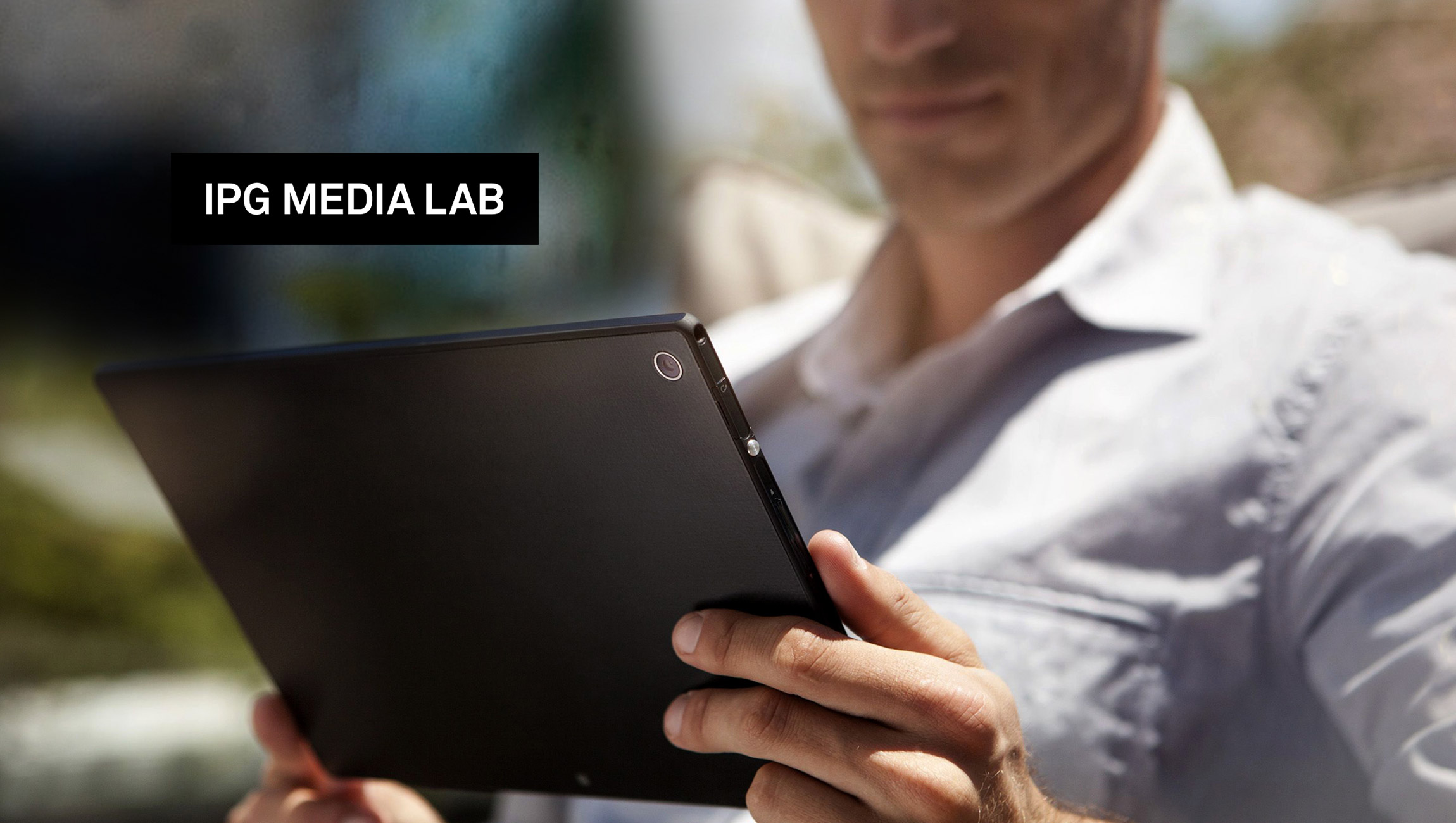Study Shows Viewability is a Market Reality Beyond Digital, Finding 29% of TV Ads are Not Viewable
According to a new study by IPG Media Lab, using data from TVision, TV has a viewability problem similar to that of digital. The study, “Quantifying TV Viewability,” reveals how often people are in the room when ads air and how this varies by daypart, position in ad pod and ad length.
“Viewability has long been a term of discussion in the digital advertising landscape but now the industry is realizing just how difficult it is to measure linear TV’s viewability as well, and track exactly how and when ads are being viewed,” said Chad Stoller, Managing Partner, IPG Media Lab. “It’s vital for brands to have this information so they can target the right audiences and make the most of their TV campaign strategies.”
IPG Media Lab analyzed six months of TV viewing behavior data from TVision, leveraging both computer vision technology and automatic content recognition (ACR) to detect when an ad is playing, who is in the room at the time, and whether each person is focused on the TV. Individuals are weighted to represent US general TV population demographics. Viewability is defined as a viewer being in the room for two or more seconds while the ad is on-screen.
Marketing Technology News: Evolv Technologies Raises $10 Million Series A to Scale Ascend Evolutionary AI-powered Optimization Platform
According to the study, there are a number of factors that affect TV viewability, which include ad length, position in the pod, and time of day. Additionally, viewability varies based on advertiser. On average, the viewability of a campaign tended to have some inconsistency across different categories like CPG, Health, Office Services and QSR. Comparing TV’s viewability to that of digital ads, the study found that 71% of ads aired on TV were viewable, compared to 69% of ads served via digital video. TV’s viewability problem is consistent across dayparts and genres, and not isolated to either. Even prime time, often the most valuable slot, has a TV viewability of 76%, which does not significantly stand out compared to other dayparts.
Marketing Technology News: RemoteMyApp Adopts IBM Cloud to Scale Multi-Platform Gaming Service
Additional key findings from the study include:
- On average, 29% of TV ads are not viewable, while 71% are viewable
- Out of 5,961,757 TV impressions analyzed, 4,164,261 of those were viewable
- Viewability varies by vertical. CPG Food’s average viewability was at 71%, Insurance at 71%, Pharmaceuticals at 75%, and Recreational at 65%
- When examining viewable ads across CPG, Health, Office Services and QSR, 43% – 64% of impressions for each are in the target audience, while the remainder are not
- While the industry moved to shorter ads, longer ads are more viewable. However, 30-second ads had less than twice the viewability of 15-second ads
- While the first ad in a pod has the highest viewability at 72%, it may not be worth a premium. Even the last ad in a pod, which has the lowest viewability, is still at 70%
“With the television market representing more than $59 Billion in 2019, TV remains a key investment for reach, making it imperative for brands and media sellers to gain a deeper understanding of how people actually watch it,” said Luke McGuinness, President, TVision, the data source for this study. “The study quantifies just how much waste – and opportunity – there is for TV advertising that can make a real impact in capturing audience attention and driving effectiveness.”
Marketing Technology News: SOCi Launches Reputation Insights for Sentiment & Competitive Monitoring











